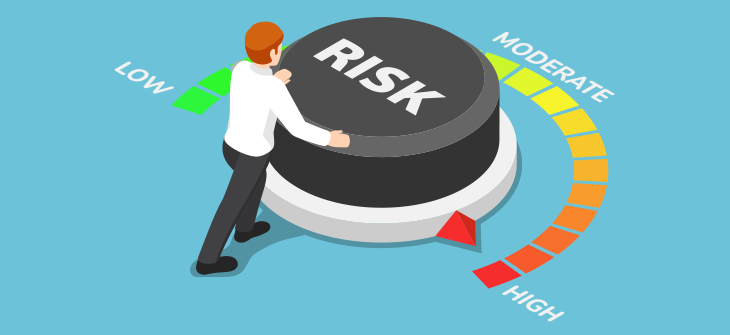Risk Management Protects Business Valuation

Managing risks is essential for modern businesses. There are simply too many factors, both internal and external that can threaten your success. The more of those risks you manage, the better. What you may not know is that managing certain risks can impact the value of your business.
For instance, you buy business insurance to protect your business from certain instances, such as theft, fire, tornadoes, etc. That is one of the most important parts of the risk management process. And that’s a small part of effective risk management for businesses.
How to Manage Business Risks
The first step in managing risks for your business is to conduct a thorough risk assessment. You need to do the following.
- Identify potential risks.
- Determine how likely they are to occur.
- Analyze financial fallout should they occur.
Once you have this vital information, you prioritize risks according to where they fall on the level of potential costs to your business, the likelihood of occurring, and the nature of the risks.
What Types of Risks Might Businesses Face?
The better you understand the risks your business might face, the more proactive you can be in managing them. There are many different types of risks businesses face, including:
- Human risks. Did you know that most thefts that occur in businesses is committed by employees? It’s true. Employee theft accounts for 42.7 percent of inventory shrinkage while shoplifting only accounts for 35.6 percent. That doesn’t even account for human risks related to job performance that might cause accidents or injuries, increase risks of fires, or place your computer or Wi-Fi networks at risk.
- Location risks. This can be important with location risks that include flooding, rockslides, wildfires, tornadoes, hurricanes, earthquakes, sinkholes, and other natural disasters.
- Physical risks. These types of risks can cause substantial damage to businesses, personnel, customers, and guests.
- Strategic risks. These are measured and carefully calculated risks designed to propel your business forward. These types of risks drive innovation but may come at substantial costs to your organization, which is why they must be carefully managed and maintained.
- Technology risks. A growing problem for businesses today that rely on access to information and technology to conduct business and need additional assistance to protect key business data and private customer and employee information.
The better control you have over these risks with your business, the greater your valuation becomes. Insurance is one way to manage risks, but it is not and should not be the only move you take to reduce your risks – especially not if improving business valuation is your goal.
- Create policies within your business that mitigate risks related to technology,
- Establish clearly defined employee responsibilities and checks and balances for employees for double protection.
- Manage technology risks with detailed protocols for technology usage and redundancies in place for power.
- Enact policies for handling and storing hazardous materials to maximize safety.
- Purchase the proper insurance policies to protect your business.
By doing these things, you protect the future earnings and cash flow of your business. In many cases, taking all these actions and other actions deemed necessary from your risk assessment will be sufficient to raise your business valuation. At the very least, it will keep it from falling.
